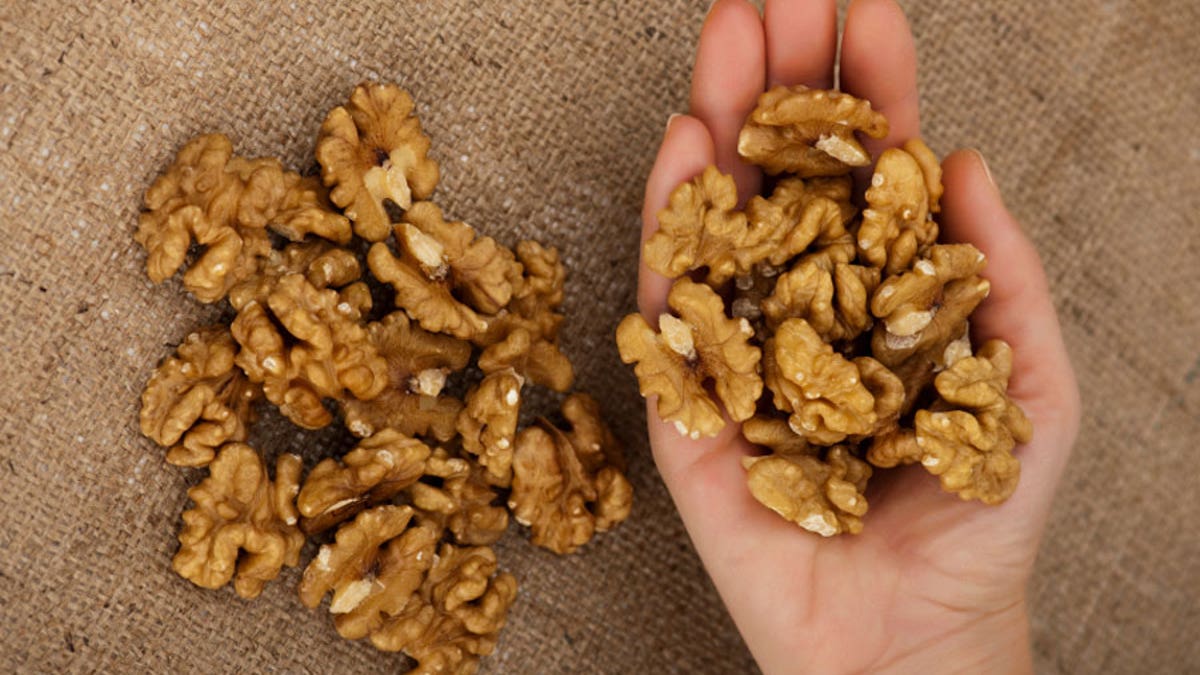
(iStock)
As a certified holistic health counselor and a mother, I’ve had my share of experience helping children with disabilities. Over the next three weeks, I will be featuring three disabilities that are increasingly prevalent: Autism spectrum disorder (ASD), Down syndrome and cerebral palsy.
Dr. Manny Alvarez, senior managing health editor at FoxNews.com, has asked that I offer suggestions on diets to support children with these special needs. We will be taking a look at brain physiology, common physical symptoms, nourishing foods and foods to avoid.
First up this week is ASD. The most recent statistics indicate approximately 1 in 88 children in the U.S are on the spectrum.
Autistic manifestations usually begin to appear between the first and second year of life and include delays or abnormalities in language and complex behavior, social interactions, repetitive behavior or unusual interests and preoccupations. According to The Autism Society there is no single cause of autism and most cases involve a combination of genetic risk factors, environmental factors and very early brain development.
Studies published by Autism Speaks show that a set of biochemical pathways (methylation, transsulfration and sulfation) tend to function sub-optimally for those with autism. These pathways are involved in detoxification, heavy metal elimination, digestion, immune function and gut integrity.
Gastrointestinal symptoms and inflammation are very common for those on the spectrum. These include diarrhea, constipation, bloating and GI pain.
Gut inflammation is typically caused by food sensitivities and an overabundance of unhealthy bacteria in the gut. Impaired digestion causes nutrient deficiencies and impaired cellular function, which manifests as poor brain function and immune system deficiencies. When food is not broken down properly, as is the case with food sensitivities, it leads to foggy thinking, insensitivity to pain, withdrawal and irritability.
The most common culprits of food sensitivities are gluten, casein and soy. Other common physical symptoms are frequent infections, trouble sleeping, non-localized pain/inflammation and ‘brain fog’. These symptoms are typical of yeast overgrowth and excessive toxins.
There is a clear connection between the brain and the gut. Supporting the physical symptoms through diet will increase overall health and should reduce the severity of symptoms.
In order to heal the gut, it is important to eat a diet rich in foods with anti-inflammatory properties such as omega-3 fatty acids found in fish oil (fatty fish such as salmon and sardines), flax seeds and walnuts to reduce any existing gut inflammation.
Pro and pre-biotics will also reduce gut inflammation as well as increase the amount of healthy gut bacteria. Pro-biotics are found in fermented foods such as kefir, non-dairy yogurt, fermented cod liver oil and cultured vegetables including raw sauerkraut and kimchi. Foods high in pre-biotics are also high in beneficial soluble fiber and include bananas, asparagus, beans/legumes, garlic, kefir/yogurt, leeks, onions and peas.
Butyric acid also helps nourish the intestinal lining and is found in butterfat. Butyric acid as well as omega-3 fats are found in higher concentrations in butter from organic, pastured, cows rather than industrialized varieties.
Omit foods that exacerbate the physical symptoms. Yeast producing or containing foods will cause an overgrowth of harmful bacteria in the gut and should be avoided if not completely eliminated. These foods include sugar (including naturally occurring sugars in fruits), bread, plums, grapes, vinegar, aged meats and cheeses. Refined carbohydrates, potatoes and gluten-free grains are known to feed yeast.
Foods containing toxins and natural phenols are typically not optimal, and in many cases, it is imperative to remove them from the diet. Toxins include additives (artificial colors, flavors, preservatives and MSG) and pesticides.
Choose organic as often as possible, especially for those items on the dirty dozen. Animal products that are grass-fed or pastured offer a much higher nutrient content and eliminate harmful chemicals and hormones.
When not naturally detoxified, foods containing natural phenols can create behavioral, emotional and physical symptoms and should be limited. These include grapes, apples, berries and almonds among others. Checking for food sensitivities and eliminating any culprits is also beneficial to managing the physical symptoms of Autism.
Start slowly to avoid becoming overwhelmed; incorporate one change at a time until it becomes second nature. It might seem difficult to add nutrients to the diet of a picky eater but it can be done.
Nutrient dense foods can be hidden in prepared dishes such as meatballs, casseroles, soups, sauces and even muffins as well as offered as a side dish. Natural juices and fruit and vegetable smoothies are a delicious way of adding nutrients. Sometimes, a child needs to be offered a food 15 to 20 times before they decide to taste it so be creative, and don’t give up!
Jacqueline Banks is a certified holistic health counselor and busy mama. Her focus is on helping other busy moms in all stages of motherhood keep themselves and their little ones healthy and happy. She uses natural and organic solutions to solve individual health problems and promote clean living.
